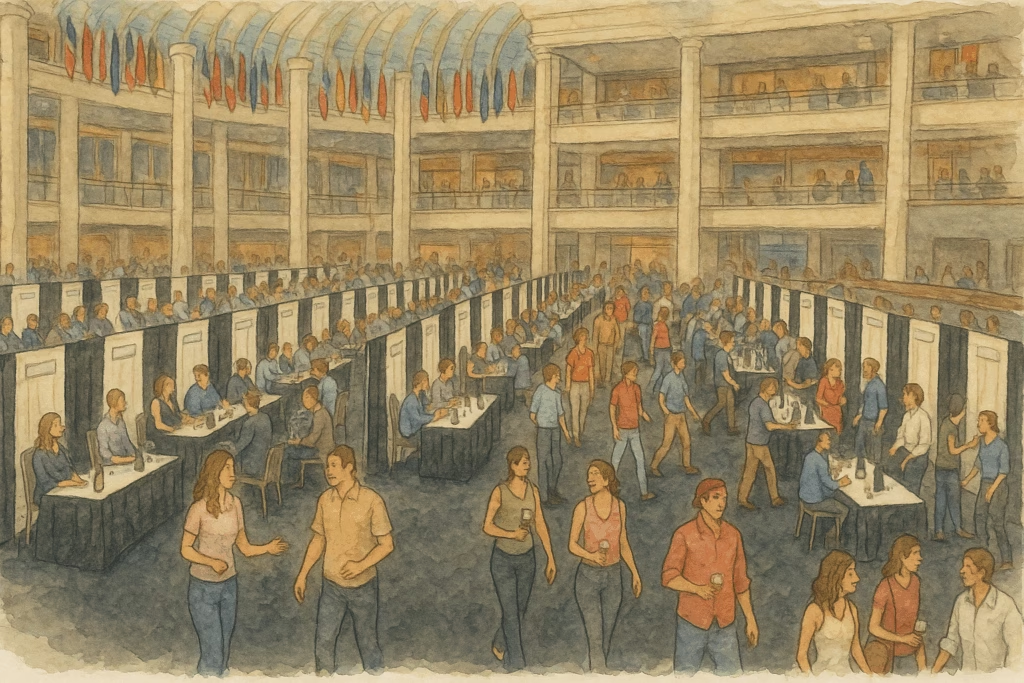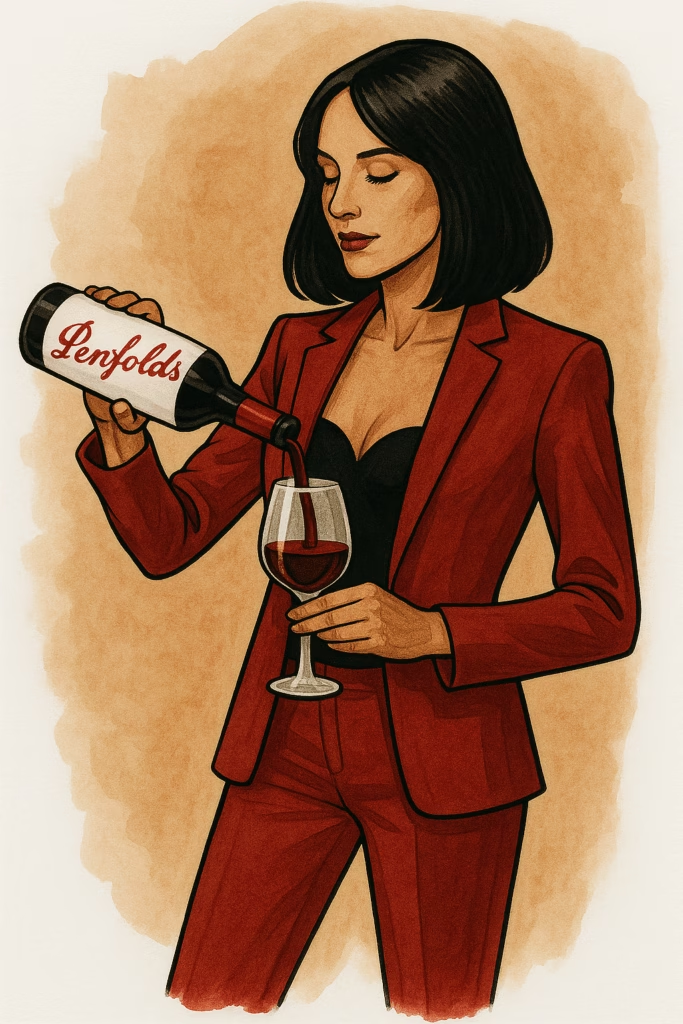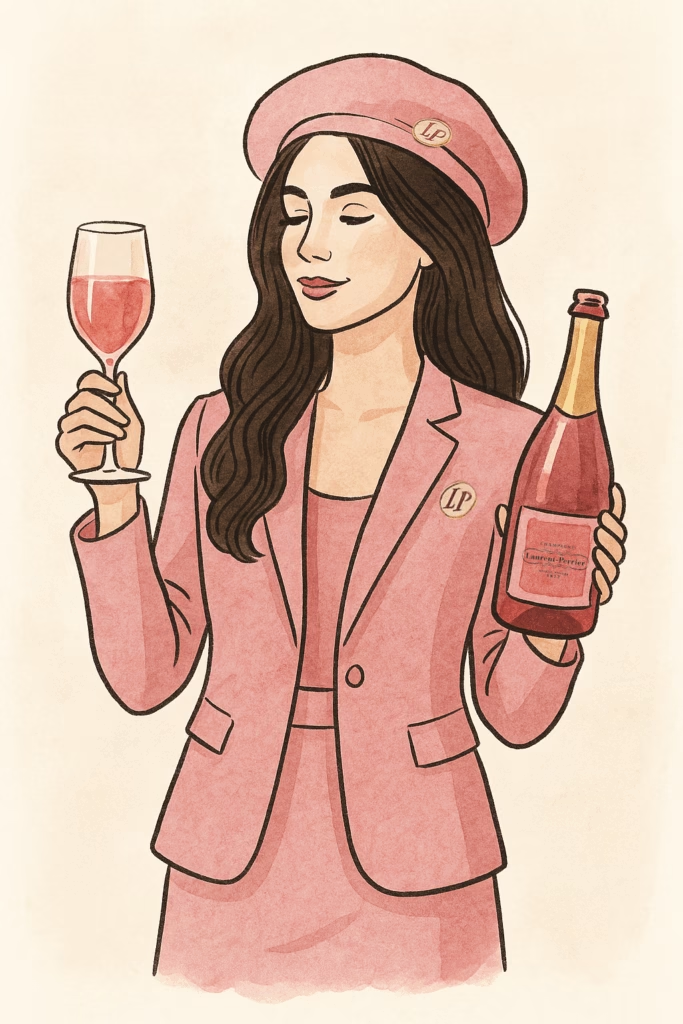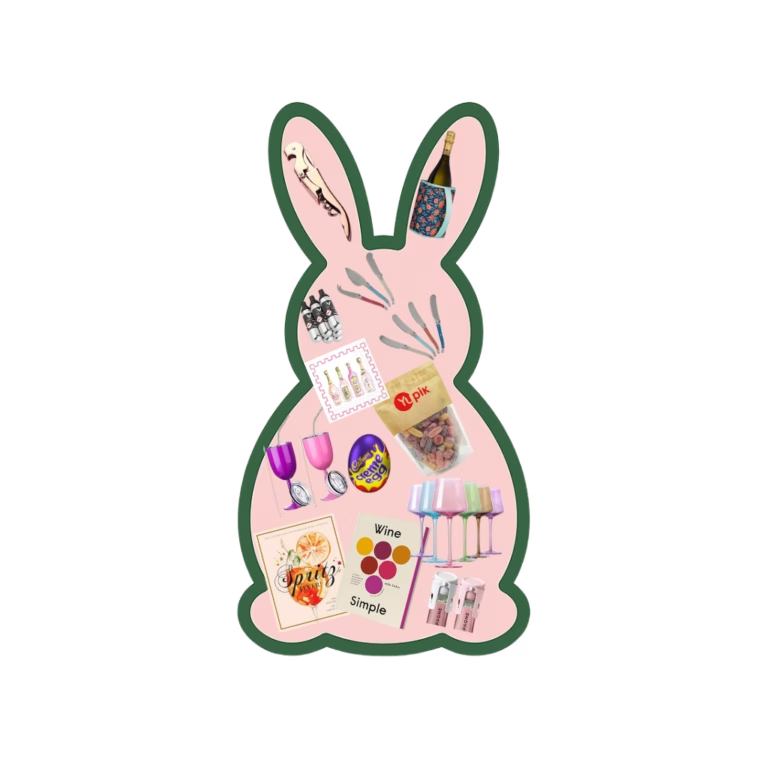44 Wines, 3 Hours, Zero Regrets: What I Learned at My First Big Industry Tasting Event

Last Friday, I had the chance to attend my first big wine industry event—the Wine Spectator Grand Tour. Sure, I’ve done dozens of wine classes and comparative tastings, including a handful of walk around tastings but nothing with nearly the scale or industry focus. But, with Wine Spectator showing up a stone’s throw from my office, I figured there was no time like the present.
Over 200 wineries poured some of their top bottlings at the DC stop, with Champagne flowing, Barolo in full force, and more Bordeaux blends than you could spittoon in the three-hour allotment.
I tasted 44 wines in 3 hours, walked away with a dozen new favorites, and learned a ton—not just about wine, but about how to make the most of a large-format tasting event. Whether you’re a fellow enthusiast, an aspiring pro, or just someone with a sturdy palate and curiosity to spare, here are a few things worth knowing before you enter the grand atrium.
1. You can’t taste everything. Pick a strategy.
With 200+ wines on offer, there’s no world in which you’ll hit every table—nor should you try. You will get palate fatigue. You will start confusing your Cabs and your Carménères.
Instead, go in with an ordering principle. Mine? A focus on Italian reds (especially Barolo, Barbaresco, and Brunello) and Bordeaux varietals. Both categories were well-represented at the event, and both are regions I’ve been brushing up on this year. And, unlike many of the other regions on display (Napa, Sonoma, Willamette Valley, or Rioja to name a few) I haven’t traveled to either yet, so this felt like a golden opportunity to deepen my tasting experience in a way that’s tough to replicate at home.
2. …But leave room for exploration.

While it’s smart to go in with a focus, don’t forget to leave space for discovery. With so much excellent—and wildly different—wine being poured, you’d be doing yourself a disservice not to color outside the lines a little.
For me, that meant saying yes to a few unfamiliar white blends I might’ve otherwise skipped. It also meant making not one, but two return trips to the section for a spontaneous Champagne vs. Franciacorta comparison. Some of my most surprising favorites—like the wonderfully gingery and surprisingly affordable Brut Champagne from Alfred Gratien and Shiraz from Aussie darling Penfolds—came from those off-plan pours. They reminded me that sometimes, the best bottles are the ones you didn’t see coming.
I was also thrilled to try a younger vintage (2021) of the Merus Cabernet Sauvignon, after having enjoyed the 2008 over Christmas dinner this year to compare the effect of time on the wine, while it was still fresh in my mind.
3. Do your homework ahead of time.
Wine Spectator made preparations easy by sharing a full list of participating wineries and wines, complete with scores and a floor map. I imported everything into a spreadsheet and started tagging: Italian focus? Check. Bordeaux blend? Highlight. 95+ points and under $60? Starred.
The extra layer I added—and highly recommend—was a rough retail price column. That helped me flag two kinds of targets:
- Weeknight winners: great quality at reasonable prices—like the Diatom Chardonnay from Santa Barbara County coming in under $25.
- High-end splurges: bottles I wouldn’t open on a random Tuesday, but was thrilled to taste in a controlled setting (and for a flat entry fee)—like the refined Bodega Catena Zapata Malbec from its Adrianna Vineyard, Fortuna Terrae in Mendoza.
4. The layout matters more than you think.
I expected a wine free-for-all. What I got was surprisingly structured. The tasting flowed roughly in order of what you should taste first—starting with Champagne at the entrance, then moving to whites, rosés, and lighter reds like Pinot Noir. One room was dedicated to reds from the U.S., France, and South America, while Italy (mostly) had its own room—overflowing with Barolo, Brunello, and some beautiful surprises (hello, Carricante).
Knowing this would have definitely changed how I pre-planned a bit. Because once inside, it was much easier than expected to taste “in families”—progressing from sparkling to white to red without backtracking or blowing out my palate too early. That said, according to some industry regulars I spoke with, not every event is laid out this thoughtfully (here’s looking at you James Suckling / Wines of the World Miami), so take that with grain-of-salt depending on the venue.
5. …But be mindful of crowd flow—and don’t be afraid to go against it.

The downside of that beautifully intuitive layout? Everyone started with Champagne and whites. For the first hour, those front tables were a bit of a zoo—shoulder-to-shoulder swirls and lots of elbow navigating just to reach the pour.
The good news? Things smoothed out as the crowd spread and people moved at their own pace. But if you’re someone who doesn’t mind breaking convention (or already knows how much Champagne you actually want to taste), there’s real payoff to going out of order.
I managed to have more conversational and thoughtful tastings by the time I made it to the Pinot section (like chatting with Joe Ferris, the winemaker from Willamette Valley cult favorite Pinot Noir from Lingua Franca who was in attendance) and then again when I made it back to the Champagnes after people had spread out (here’s looking at the ladies of Laurent-Perrier with whom I was swapping fashion tips and wine tips). Fewer crowds meant more room to move, better sight lines for the wine list, and actual time to chat with the people pouring—who were all, without exception, lovely and helpful.
6. Yes, I was nervous. No, you don’t need to be.
I’ll admit it: I felt a little self-conscious walking in as a non-industry guest. I’m not a sommelier. I don’t have WSET credentials (yet). I’ve spent the last few years drinking more than studying (😬), and even though I write about wine multiple times a week, I still get tongue-tied trying to differentiate the Rhône Valley’s many sub regions out loud.
But here’s the thing: people were lovely. Winemakers, reps, and fellow attendees were genuinely welcoming. They asked what I liked, where I buy wine, what brought me to the event. No snobbery, no gatekeeping. Just a shared passion—and a lot of mutual geeking out over some great wine. If you’re wine-curious and a little intimidated, I promise: you belong here.
7. Take breaks. Eat food. Don’t feel bad if you’re not a spitter.
Let me be clear: spitting is smart at an event this size. It keeps your senses sharp and your balance intact. But…I’m not the best at it. So I relied on the other quiver in my belt: snacks.
There was plenty of food on hand—thankfully. I made multiple pit stops for sliced beef, bread, mashed potatoes (yum), and even dessert. It helped a lot. Whether you’re a sipper or a spitter, pacing yourself is key. Hydrate, take breaks, and give your palate a minute to recover between bold pours.
8. Palate fatigue is real. Bring a notebook—and a friend.
As much as I loved the wines I tried, I’ll be honest: my takeaways weren’t nearly as sharp as they would’ve been if I were sipping one glass at a time or doing a focused comparative flight. After the 25th swirl-and-sip, things blur.
Thankfully, the venue provided a small notebook with details about the wine (price, region, rating, etc.) already filled in for jotting down initial impressions, which helped immensely. I also went with a friend, which made a huge difference—we talked through what we were tasting, shared opinions, and helped each other stay focused. If you can, attend with someone who loves to nerd out about wine as much as you do.
9. The real work happens before and after the event.
The tasting itself was three hours. But honestly? The pre-work and post-work easily took longer—and I don’t regret a minute of it.
Having a plan going in helped me use my time well, and turning rough notes into more detailed impressions afterward made those 44 wines stick. It forced me to revisit what I loved (and what I didn’t), research producers I wasn’t familiar with, and even place a couple follow-up orders. The event might be over, but the learning continues—and that’s the fun part.
Last Call
Was it overwhelming? A little. But mostly it was exhilarating—a reminder of why I fell in love with wine in the first place. There’s always more to learn, more to explore, more to taste. And the joy of doing that surrounded by people who love it too? Pretty unbeatable.
So here’s to the 44 wines I tried—and the 191 I didn’t. There’s always next year.



